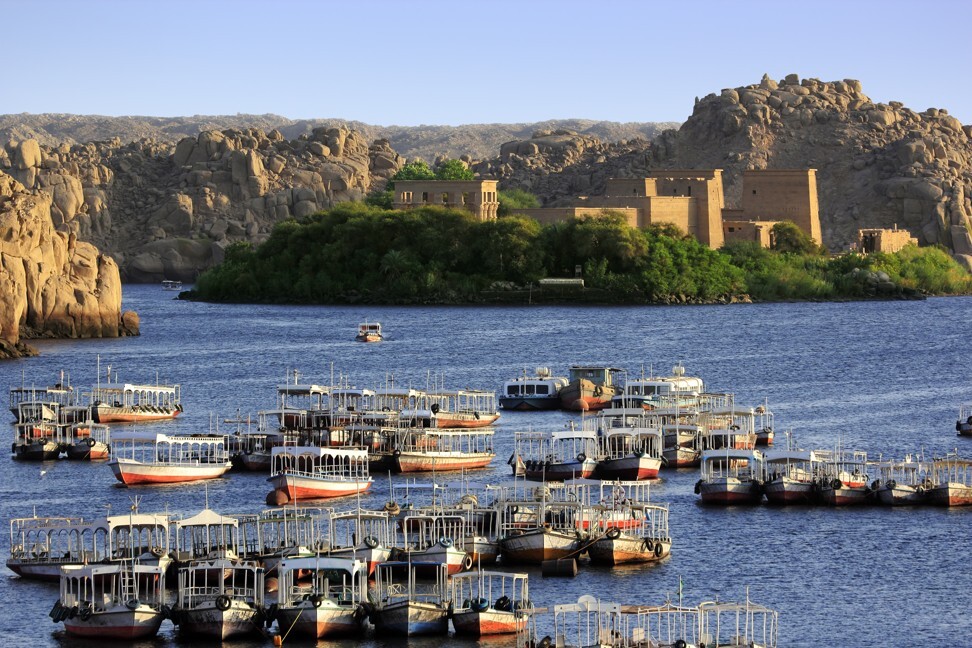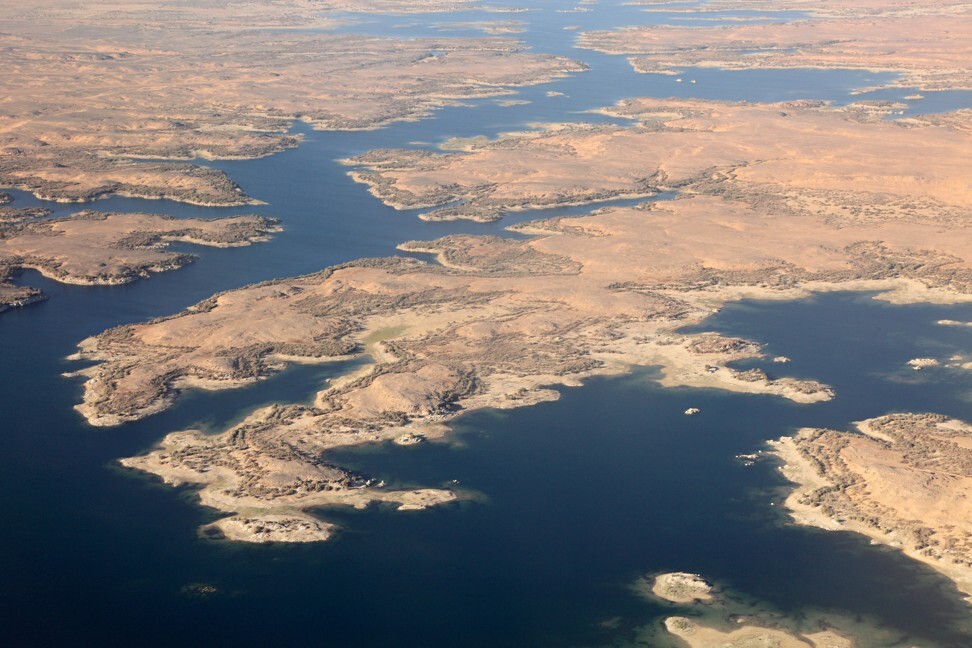
An Egypt travel experience to whet appetites for the much-delayed Death on the Nile remake
- Kenneth Branagh’s film version of Agatha Christie’s famous murder mystery is likely to have viewers planning visits to the novel’s notable locations
- Our writer recalls following in Christie’s footsteps, visiting the relocated Abu Simbel temples, which were pivotal to the book’s plot
“When I read it now I feel myself back again on the steamer from Assuan to Wadi Halfa,” Agatha Christie wrote in a foreword to her novel Death on the Nile (1937). Christie was inspired by a holiday in Egypt, and observed that the resulting book “is one of the best of my ‘foreign travel’ ones … the reader can escape to sunny skies and blue water in the confines of an armchair”.
Kenneth Branagh’s upcoming film version of the murder mystery is likely to have viewers vicariously visiting Egypt, too. If they ever see the movie, that is; the release is becoming as wrapped in mystery as the story itself.
The first two delays – from October 2020 to January 2021, then September – were understandable, given the Covid-19 pandemic. The latest postponement, however, until February 2022, is perplexing. Recent allegations of sexual assault made against Armie Hammer, who plays secondary antagonist Simon Doyle in the movie, may have something to do with it, but Walt Disney Studios Motion Pictures isn’t saying.
What follows are reminiscences of a trip to Egypt’s Abu Simbel temples to whet your appetite for the movie or the return of travel to exotic locations – whichever comes first. The temples – dedicated to Egyptian pharaoh Ramses II and his wife, Nefertari – were so pivotal to the plot of Death on the Nile that an illustration of the complex, with a graceful steamer moored in front, featured on the dust jacket of the original British edition of the book.

Like Christie – and Doyle – I stayed in Aswan (formerly spelt Assuan) before travelling by boat to Abu Simbel. And like them I checked into the Old Cataract Hotel, which itself felt like stepping into an Agatha Christie novel.
The writer not only stayed at the hotel, she partly set Death on the Nile there. At the “Cataract Hotel at Assuan” her fictional detective, Hercule Poirot, first meets heiress Linnet Ridgeway, who is on honeymoon with her husband, Simon Doyle. The pair are being stalked by Simon’s jilted fiancée, Jacqueline de Bellefort. Along with a host of other intriguing passengers they take an ill-fated Nile cruise on the SS Karnak.
Sail the River Nile aboard steamer Agatha Christie rode
Branagh shot most of his film at a studio in England, recreating the Karnak and the Abu Simbel temples on set, but the equally star-studded 1978 movie version of the book, featuring actors such as Peter Ustinov and Bette Davis, included extensive shots of the Old Cataract.
Although the hotel has been refurbished and renamed the Sofitel Legend Old Cataract Aswan, the cocoa-powder-coloured exteriors, with terraces and balconies, have been kept intact, and there’s now an Agatha Christie Suite, which is high-ceilinged and comes with its own dining room and a large veranda.
It would have been easy to enjoy Aswan without leaving the hotel, dozing on a sun lounger by the pool or sitting on the cool, canopied terrace, which has a bird’s-eye view of the Nile, Elephantine Island and the desert beyond. Like Poirot, however, I visited the town’s bazaar – an experience made frenzied by the world’s most persistent salesmen – and took a boat from the hotel’s dock to Elephantine Island and its archaeological sites.

Most take a day trip from Aswan to Abu Simbel by plane, but a four-night cruise allows visitors to better appreciate the experience. My vessel, the MS Prince Abbas, was not a steamer, like the SS Karnak, but it had been designed to look like one, with imitation paddles and cabin doors all opening onto wooden walkways.
Onboard was a cast of Christie-esque characters: the eccentric couple in the presidential suite who never mixed with the rest of the passengers; the lone man who bombarded the guide with questions at every temple and tomb; and the tall, pale woman permanently covered in long-sleeved, ankle-length linens.
In Christie’s day, the Abu Simbel complex was on the Nile but the Aswan High Dam, built across the river in the 1960s, created Lake Nasser, necessitating the moving of the two rock-cut temples to higher ground. The trip included a gentle jaunt around Lake Nasser as we visited other, lesser-known temples and tombs that had been saved from the waters of Lake Nasser.

There were fewer boats on the lake than there had been on the stretch of the Nile between Aswan and Luxor. Admittedly, there was less to see than on the river but, as Christie observed, through the caddish Simon, “It feels, somehow, so much less touristy – as though we were really going into the heart of Egypt”.
We were told to look out for Abu Simbel half an hour before reaching it. My binoculars found the four colossal figures hewn from a mountain of rock that marks the main temple’s entrance. Up close, the 66ft (20 metre) statues of Ramses II were even more remarkable, as were the six 35ft statues of the pharaoh and his queen at the entrance to Nefertari’s temple.
Staying overnight on the boat, we were able to visit the temples in both daylight and darkness, the latter allowing for a light and sound show. And we were treated to dinner on deck with the floodlit temples as a back drop.

Christie travelled on to Wadi Halfa, which is just over the border, in Sudan, but we didn’t venture that far. Nevertheless, when I finally get to see Brannagh’s film, I will no doubt “feel myself back again on the steamer from Assuan”.

